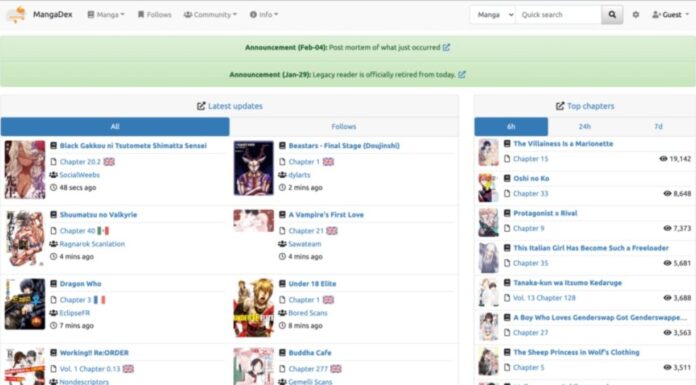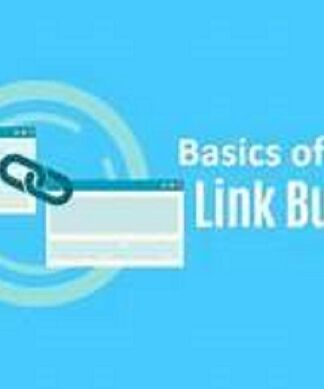Profitability is sensitive when you’re managing a modest retail outlet, particularly in uncertain economic conditions. You may not need to restructure your business, though completely. Basic logistical measures used in a cost-cutting plan may significantly impact a company’s success, particularly a tiny firm. These are some of the most effective strategies for small retailers to lower costs without sacrificing earnings.
Table of Contents
1. Installing a Multi-Zone Mini-Split System
Mini-split systems are extremely efficient and cost-effective when you’re looking to reduce energy costs. A mini-split system is an air conditioning system with two parts: an outdoor condenser and one or more indoor air handlers. These systems can be used to heat or cool different areas of a store independently. By using a multi-zone mini-split system, you can save money by reducing your energy costs. The system can be programmed to turn off when a particular area is not in use, and you can also set different temperatures for different storage areas. This system is beneficial for stores with multiple floors because you can control the temperature of each level independently.
2. Going Online
If a store sees a lot of success with online sales, it may be beneficial to offer its wares exclusively on its e-commerce site. However, before you decide to do this, you should make sure that your online customers can use the store’s physical location to complete their purchasing experience. Almost a quarter of consumers prefer brick-and-mortar stores because they want to look at products in person.
In such a situation, explore a lower-demand shop. A smaller business may save money on overhead expenses like electricity, rent, and heating by selling fewer, more essential things. Showrooming is a sales strategy that allows buyers to visit a physical location to try out the goods before making the final transaction on your e-commerce platform.
3. Reducing Work Schedules
Setting shop hours requires careful consideration. Having a storefront always visible to passing customers may be alluring. But the longer you keep your shop open, the more money you’ll lose. Lighting, temperature control, and workforce expenditures must all be calculated. If you want to save money in this area, reduce business hours. For instance, given that Mondays are consistently the slowest day for brick-and-mortar stores, they may be closed on that day instead of being open seven days a week.
When you cut your storefront business hours, customers will place more value on your online store. Refrain from discouraging prospective buyers in case they return later. Put a message on the door directing them to your webpage so they can buy the same thing they would have purchased in-store.
4. Outsourcing Work From Other Enterprises
Outsourcing is common practice that allows small service businesses to rely on subcontractors to keep overhead down. Instead of turning away clients, you may make the most of your resources by outsourcing individual tasks. The more jobs you take, the more money you will make, and the less you will spend on subcontractors. You can consider outsourcing services such as:
-
Promotional Activities
Use the services of an outside company to publicize your shop. Let them handle everything from Facebook ads to content promotional campaigns.
-
Accounting
A retail business requires various skills, one of which is accounting. If you want to present accurate financial records, hire a certified accountant or auditor. You can use computer software to help streamline the process, reducing the need for a full-time accountant. Additionally, you can have the accounting service provide the necessary financial records and reports.
5. Recognizing and Rewarding Your Workers
The cost of things should be accounted for, and your team should be rewarded for finding savings opportunities. As a result, your company may get closer to achieving its goal of zero waste. As a bonus, this approach encourages the employees tasked with reducing costs to remain focused and develop novel solutions.
Not all reward systems need to be very costly. Expenses associated with the current employee benefits plan should be reevaluated. Personal expenditures, such as extra benefits for leisure or strength and conditioning pursuits not involved in work, are often included as part of the benefits program. Look in your area for fitness centers that provide enrollment bargains for groups.
6. Installing Mini-Splits
Air conditioning, heating, and ventilation are essential for any retailer. However, these expenses can significantly burden your budget if you’re not careful. Consider installing ductless mini-split system air conditioners, which are much more energy efficient than traditional HVAC systems. Mini-split air conditioning systems are easy to install and cost-effective. They can be tailored to specific areas of your store. This makes saving money on energy costs easy because you can switch off a mini-split when you’re not using it.
7. Training Your Employees
Employees should not only be rewarded for their energy and hard work but they should also be trained to maximize their potential. Training can be expensive, but it is a great way to improve the quality of your services and products. You can reduce costs in this area by offering online training courses. These courses will enable your employees to learn the necessary information without attending expensive classes. Additionally, they can take the courses at their own pace and repeat them as necessary. This will save both time and money.

8. Using Single-Zone Mini-Split Systems
A single-zone mini-split system is a great way to save money in a smaller store. This system consists of one outdoor condenser and one indoor air handler. The system can be programmed to turn on and off, and you can set the temperature to whatever you need. This system is an excellent option for small stores because it is easy to install and maintain. Additionally, the cost of the system is much lower than that of a multi-zone mini-split system, so it is a great way to save money without sacrificing comfort.
Conclusion
Reducing overhead costs is an essential step for businesses of all sizes. It can help you to maximize profits and ensure the longevity of your company. Following the tips outlined above can reduce overhead costs and create a more efficient and profitable business.













